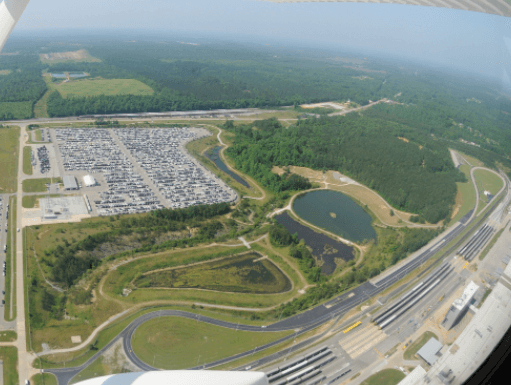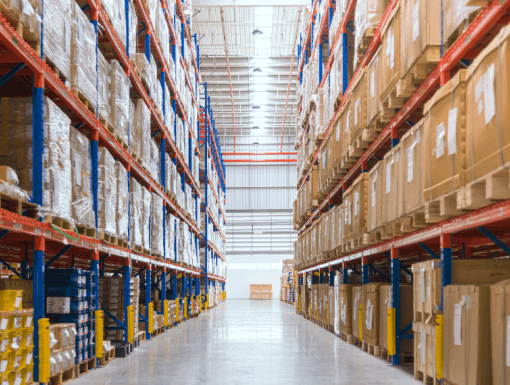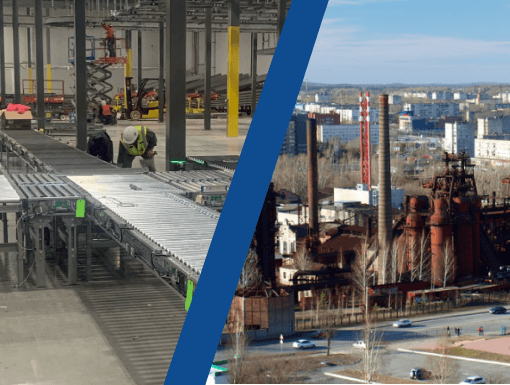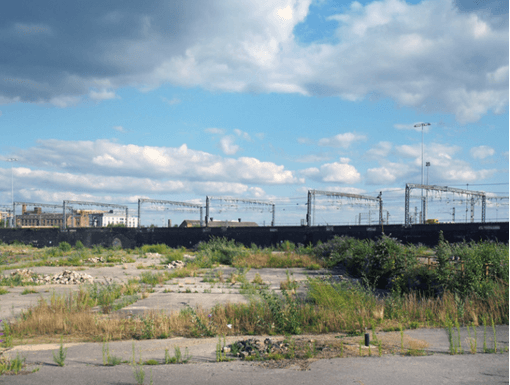Site selection is one of the most important aspects of starting a business. The site you choose will have a huge impact on your business, from taxes to wage rates, shipping costs, and everything in between so it is important to take your time and select the right one.
Try our free Supply Chain Improvement Plan Generator here.
Finding the right location is the first step toward a business with long-term success. This is why proper site selection has several advantages that we’ll touch on.
Let’s take a closer look at some critical factors so you can learn the most important criteria to look for in your search.

What is Site Selection?
Site selection is the process of choosing a location for a business based on a list of facility needs.
The objective is to find the best site, from among available candidates’ sites.
The ideal site location will have the largest long-term success rate for business operations while providing flexibility for any plans for future expansion.
Site Selection can Make or Break your Business
The old adage “location, location, location” is just as relevant to businesses today as it ever was. In fact, the site selection process can make or break your business.
“It (site selection) is a major capital expenditure and establishes your company in a region. It can be very disruptive to have to move or resize. Site selection is really the ultimate measure twice cut once scenario.”
Clayton Sprunck, Engagement Leader at Johnson Stephens Consulting
Whether compiling a list of land options or looking at buildings that are already completed, you need to check that the sites are zoned for the type of business you want to open.
There’s no point in investing time and money into a property only to find out that you can’t use it for your business because the city has noise restrictions or certain conservation laws in place to protect the land.
Once you’ve found a few potential sites that are zoned for your business, take a close look at the surrounding area. Is there quality infrastructure for your desired transportation methods? Is it easily accessible from your facility location? Are there competitors nearby that will be competing for similar labor?
Without the correct analysis of these important factors, you may select a subpar location which could mean overpaying on shipping and transport costs, inability to hit required production levels, and opportunity costs that will eat away at your profit margin every month.
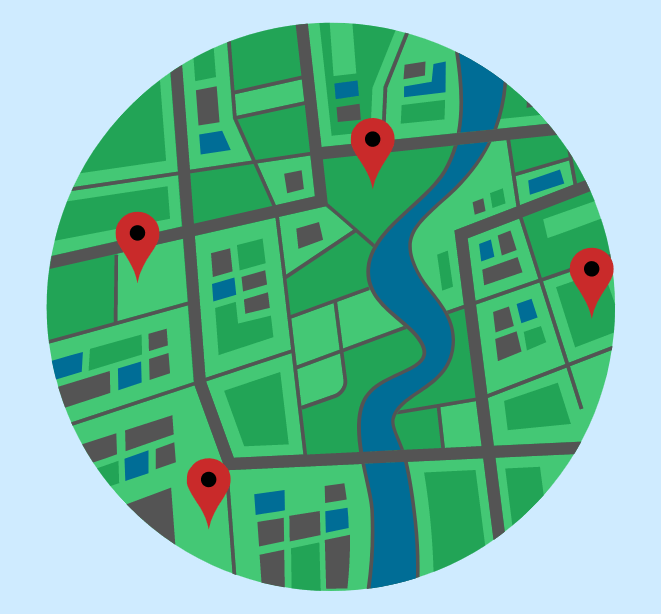
How to Choose the Right Site for your Business
It is a long list of important factors to consider when choosing a warehouse location and a large focus is centered on financials. An additional financial consideration that is often overlooked – but no less important – is the applicable tax rates and economic incentives a state, city or county will provide.
Beyond affordability, however, there are also other factors like the local infrastructure, available labor nearby, accessibility for shipping carriers, and distance from your established and potential customers.
Once you identify the top criteria to begin construction, you will want to determine which type of development is right for your company.
When it comes to development, there are two main types of sites – greenfield and brownfield. Greenfield sites are undeveloped land that is ready for construction, while brownfield sites are abandoned or underutilized properties that may require some environmental remediation before they can be developed. So, how do you determine which type of site is right for your project? There are a few key factors to consider:
- Cost – Greenfield sites tend to be more expensive than brownfield sites, as they often require more infrastructure development (roads, electric, drainage, and other local utilities).
- Timeline – Brownfield sites may take longer to develop than greenfield sites. Typical environmental remediation can be a time-consuming process.
- Risk – Brownfield sites may come with more risk than greenfield sites, as there is often unknown environmental contamination that must be addressed.
- Leasing Options – Sometimes the best option is to find an existing space that is ready for move-in and needs a few improvements to the existing layout and systems in place, which calls for a retrofit project. By leasing, you can counteract the pain that it can be to either move or resize your building to meet your operational demands by having the flexibility to move in the future.
Common Questions During the Site Selection Process
There are several questions that come up during the site selection process, and the questions you have will depend on the type of business you are opening. For example, retail store questions might be about parking space, purchasing, leasing or renting, or competitor shops nearby. Whereas questions for a distribution center will focus on the surrounding infrastructure, location to suppliers, and environmental impact, among others. Below is a list of common questions for industrial sites for you to take into consideration.
What is the ideal location for my building?
The answer to this question will vary depending on the specific needs of your business.
Factors to consider include proximity to suppliers, access to transportation links, local zoning regulations, and proximity to shipping partners.
For example, if you are a fulfillment center then a location near small parcel shipping providers (FedEx, UPS, etc.) would be highly beneficial. If you happen to be a distributor or a small parcel shipper looking to gain penetration in a market you will want a location close to your clients to reduce transportation cost.
How large should my industrial building be?
This is determined by a number of important factors, including the amount of space you need for production, storage, and office space. It is important to allow for future expansion when making this decision.
What is the availability of labor in the area?
Conduct a labor market analysis of the demographics within close proximity to determine if the current and future workforce available matches what your site will need.
The best practice is to take the unemployment rate, workers available by occupation, wage rates, and cost of living for the previous five years and the future five years.
What are the transportation links like in the area?
Identifying the local traffic flow and any existing roads, highways, railways, waterways, and airways located near your site is crucial as these factors will greatly impact your supply chain logistics.
Make sure your facility has easy access to your preferred shipping method in order to drive down delivery times and costs.
What type of incentives are there for building a new facility?
Many municipalities will provide allowances or avoidances in taxation, land purchases, or infrastructure in exchange for a business bringing in additional jobs and commerce to a local region.
Conclusion
Site selection is important for an industrial business because it can help to improve the efficiency of the business and create a path for long-term success.
By improving the site selection process, businesses can ensure that they are able to find the best possible location for their needs. Additionally, businesses can save money by reducing the need to move operations later on down the road.
We hope this has helped to explain why site selection is such an important process. If you have any questions or would like to learn more about our services, please don’t hesitate to contact us. We’re always happy to help!

FAQ
When should the site selection process begin?
The site selection process should begin at least 18 months before the proposed date for beginning construction.
How does site selection differ between retail and manufacturing locations?
Ideal locations for retail buildings will often be near other businesses and in areas with high amounts of foot traffic. Whereas setting new locations for manufacturing locations largely depends on the company’s primary market, available labor force, transportation, availability of raw materials, and convenience of access for customers.

